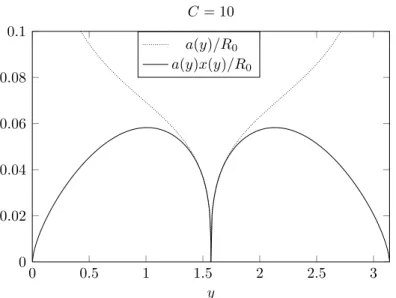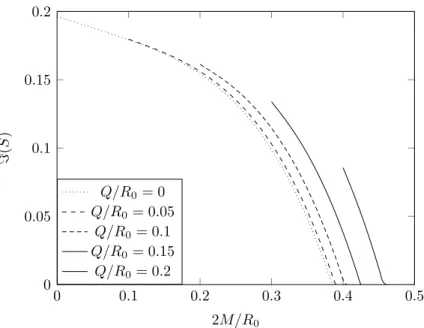The Impact of Decoherence and Dissipation on Cosmological Systems and on the Generation of Entanglement
Volltext
Abbildung




ÄHNLICHE DOKUMENTE
We discuss entanglement generation in a closed system of one or two atomic quantum dots (qubits) coupled via Raman transitions to a pool of cold interacting bosons.. The system
In setup a) we study the transient behavior after quickly pushing the dot levels from above to below the Fermi energy of the lead, and find an enhanced probability for the singlet
We discuss entanglement generation in a closed system of one or two atomic quantum dots (qubits) coupled via Raman transitions to a pool of cold interacting bosons.. The system
This paper by Simona Muratori, Carlo Piccardi and Sergio Rinaldi from the Politec- nico di Milano, Italy, deals with the invertibility of single-input single-output
Biotechnological methods and bioindustrial products find their use in diverse domains; health care and pharmacy; industry (mostly chemicals); agriculture and the
Solferino, Nazaria and Solferino, Viviana and Taurino, SerenaFiona. University of Calabria, University of Calabria, University of Rome
For a given temperature, the maximal tangle τ max is therefore obtained at a finite optimal value (b/J ) opt of the scaled magnetic field strength as a trade-off between having a
We propose the integration of business processes and IT systems within a single simulation as a solution to adequately represent the mutual impact of actor steps and system steps





